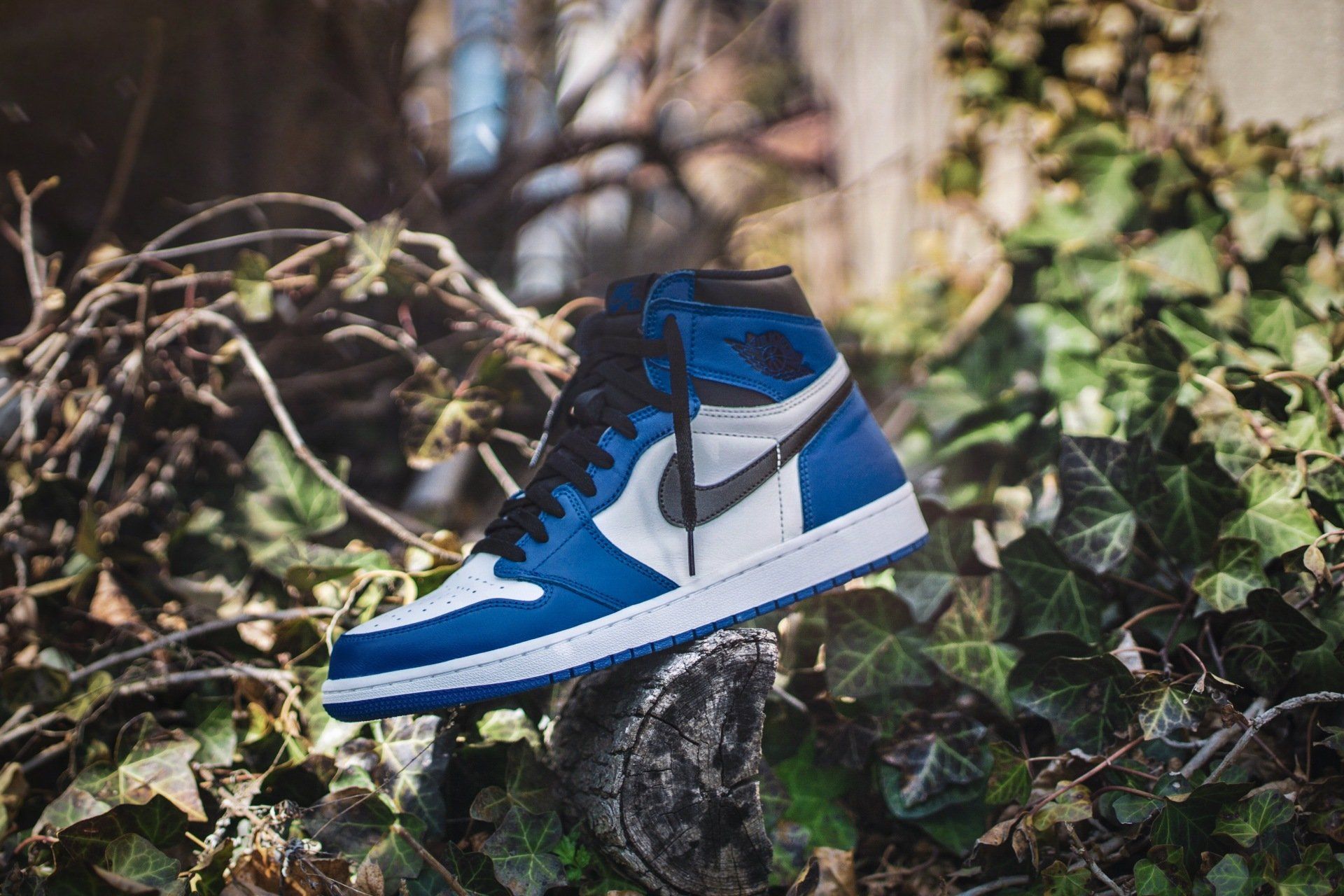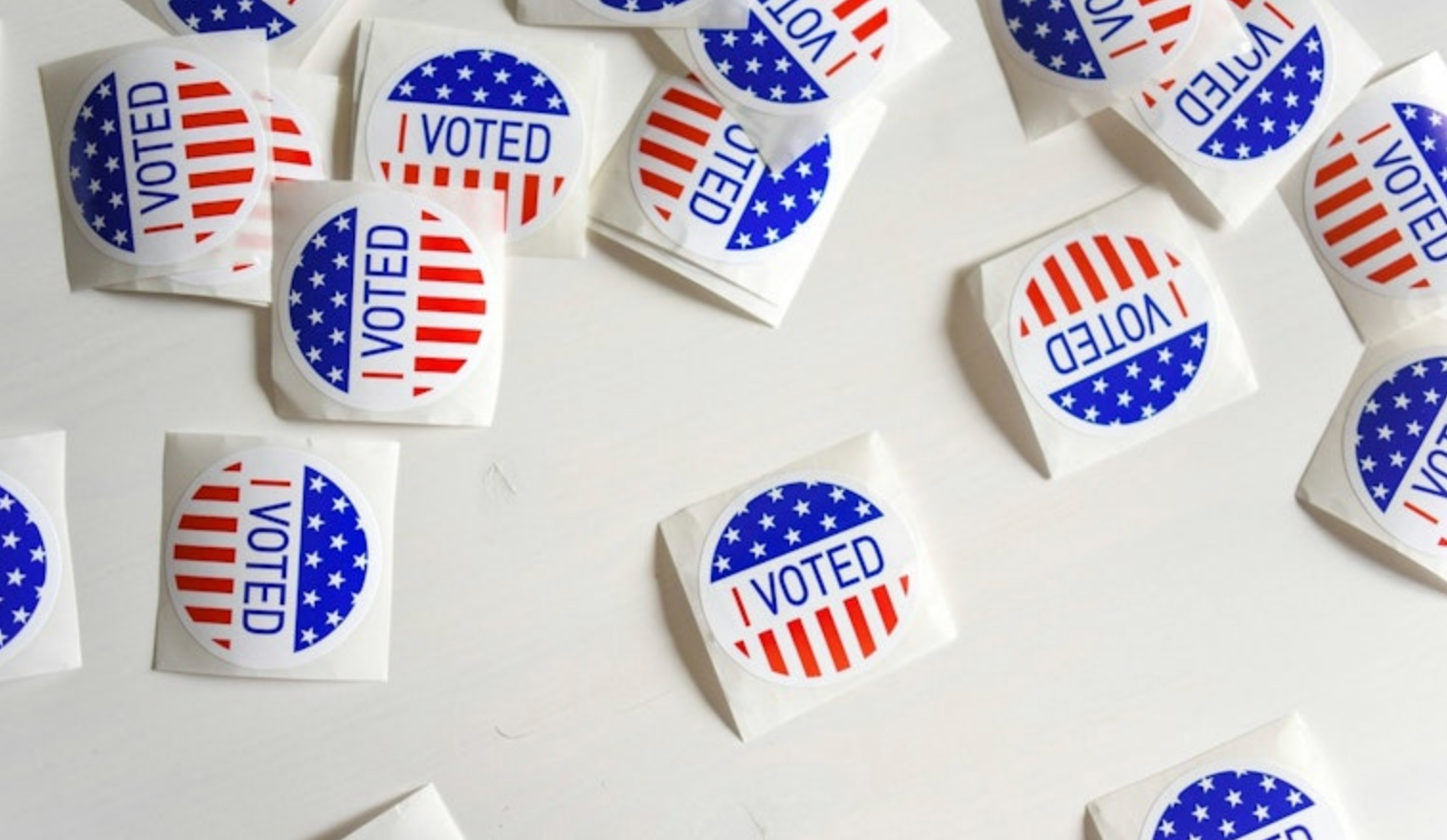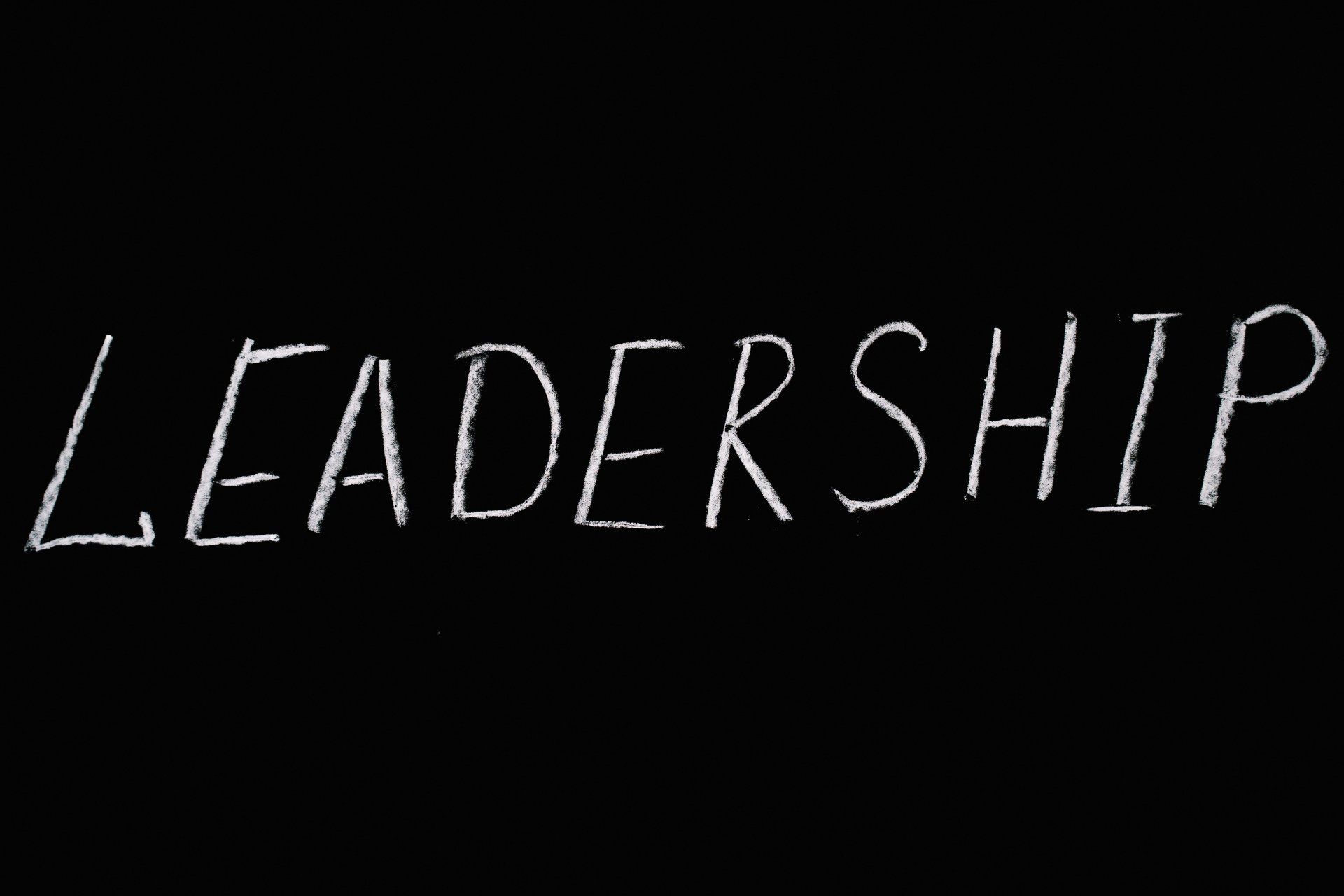Sneakernomics
Anyone, anyone? Something... Sneaker... Economics. Sneakernomics.

In the world of high-stakes economics, there's a curious, often overlooked indicator of market trends and consumer behavior: the valuation of exclusive Jordan and Nike sneakers. As a consultant typically found interacting with government officials and people working for non-profit organizations, I never imagined I’d be analyzing sneaker culture. Yet, here we are, discussing how a pair of shoes can reveal more about our economy than some complex financial models.
Sneakeronomics 101
Let's start with the basics. Exclusive sneakers, particularly those from Jordan and Nike, have evolved into a micro-economy of their own. It’s like Wall Street, but everyone’s way better dressed (or at least their feet are). These limited drops create a frenzy, not just among sneakerheads, but also among those who see an opportunity for investment. Yes, you read that right – investment.
The high valuation of these sneakers indicates a thriving demand and a robust secondary market. When a pair of Jordans can sell for thousands of dollars, surpassing the price of a decent used car, it tells us something about consumer priorities and the power of branding.
The Rise and Fall of the Nike SB Dunk Pandas
Take the case of the Nike SB Dunk Pandas. These sneakers, initially hyped for their unique design and exclusivity, saw their market value soar. But then, something interesting happened. Over the past few years, their valuation took a nosedive. What was once a coveted item became more accessible, and as supply caught up with demand, the prices plummeted.
This shift serves as a perfect microcosm of the sneaker economy. It demonstrates that even in a market driven by hype and exclusivity, the basic principles of economics still apply. An increase in supply, without a corresponding rise in demand, leads to a decrease in value. It’s economics 101, but with a stylish, streetwear twist.
A Mirror to Consumer Behavior
These valuations are a reflection of consumer behavior at its most primal. It's not just about owning a pair of shoes; it's about the status, the exclusivity, and sometimes, the sheer joy of beating others in the race to snag a limited release. This ‘hunger games’ style retail experience is both exhilarating and slightly absurd when you think about it.
Economically, it shows the power of scarcity in driving up demand. It’s basic economics with a trendy twist. The limited supply, coupled with high demand, naturally inflates prices, turning these sneakers into coveted assets, much like a rare painting or a vintage wine. Who knew that the same principles guiding the valuation of a Picasso could be applied to a pair of sneakers?
The Budget Reality Check
However, it’s crucial to talk about the elephant in the room – or rather, the overpriced sneaker in the closet. The reality is, most people can't afford to drop a month’s rent on a pair of shoes. This disparity highlights a broader economic issue: the growing gap between the ‘haves’ and the ‘have-nots’. While some can splurge on these luxuries, others are left ogling through the shop window (or more likely, their phone screens).
For the average Joe, these sneakers remain a distant dream, a digital mirage that’s just out of reach. This situation mirrors broader economic trends, where the rich get richer, and the average consumer’s purchasing power struggles to keep pace.
Social Justice
From a social justice perspective, the sneaker economy is a fascinating study in consumerism, class divide, and the allocation of resources. It raises questions about sustainability, ethical production, and the societal impact of glorifying material possessions.
As a consultant who usually advises on government policies and social justice issues, I find the sneaker culture both intriguing and mildly concerning. It’s a potent example of capitalism in action – both its strengths and its pitfalls.
Conclusion: A Step in Which Direction?
In closing, the sneaker economy, particularly the valuation of exclusive Jordans and Nikes, is a unique lens through which to view our current economic landscape. It's a blend of economics, psychology, and a touch of madness. While it might not be the most conventional economic indicator, it’s certainly one of the more colorful (and comfortable) ones.
So, next time you see a line of people camping outside a store for a sneaker drop, remember, it’s not just about the shoes. It’s a snapshot of our economy, a reflection of our societal values, and a really, really expensive way to cover your feet.










